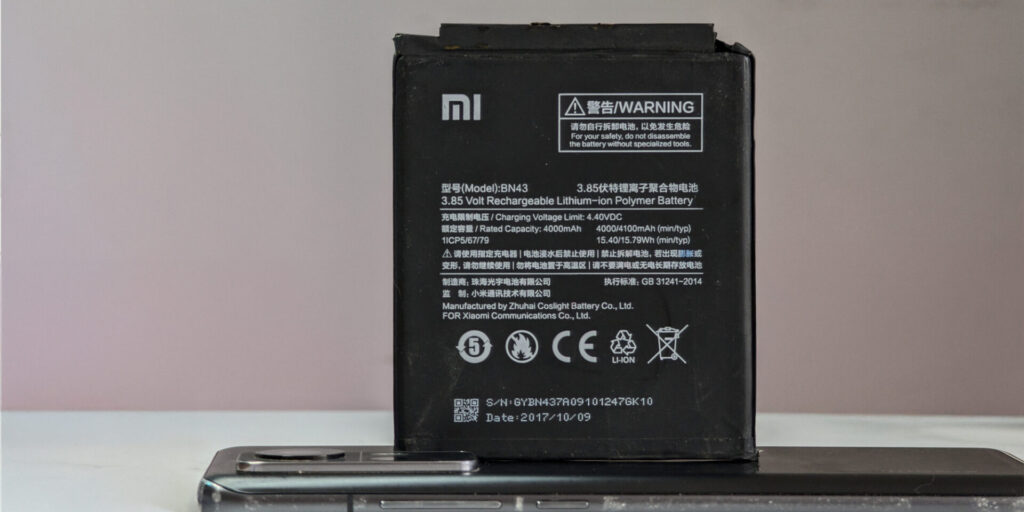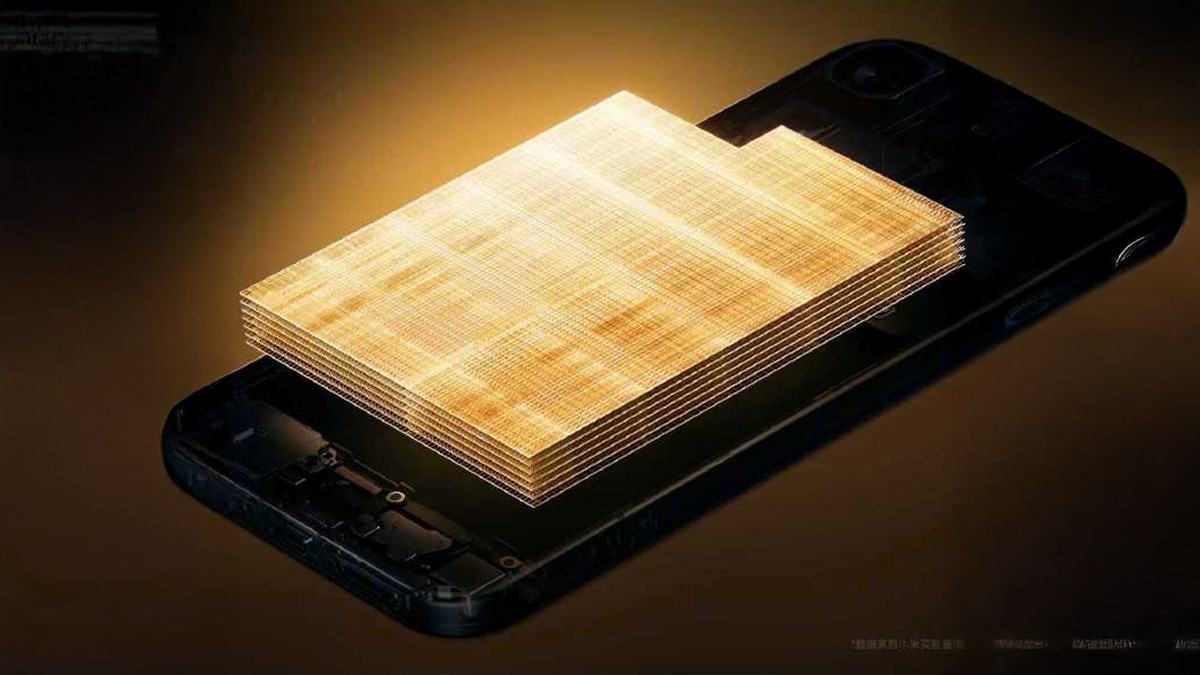The future in smartphone tech is obvious: larger, longer-lasting batteries. Devices are debuting in China with enormous power stores, a path that Xiaomi has longed to follow. A pesky reality, though, awaits EU enthusiasts. The new Xiaomi 17, to use one example, will boast its massive 7,000 mAh battery to a meager 6,300 mAh in international release. This is no design decision but one bane of the lesser-known rule, one that frustrates numerous Xiaomi flagship phones and their remarkable battery breakthroughs.
The 20Wh Transportation Hurdle
The rub is with a European accord on the “International Carriage of Dangerous Goods by Road.” This piece of legislation deems any one battery cell over 20Wh “dangerous goods.” On a standard smartphone, the 20Wh cutoff is about 5,200 mAh. Devices over this barrier are becoming highly impractical to ship due to logistical challenges as well as the paucity of carriers capable of or willing to ship such that the cost becomes a significant barrier to mass-market products.
This legislation affects consumers directly. Bringing a device with the bigger battery in from beyond the defined shipping zones of Europe is usually incorrectly declared, rendering the parcel technically illegal. Additionally, the consumers may struggle with difficulties in repairing or trade-in schemes because most companies will not deal with the logistical issues of shipping such “perils.”
Why Not Just Have Lots of Battery Cells?
A rational solution seems to be to adopt a multi-cell battery configuration, as seen in laptops and tables. Provided that each individual cell is within the 20Wh restriction, producers could in theory fit substantially larger combined capacities. This could enable something as simple as a Xiaomi Pad 7. to be shipped with a big battery with no problems, so why can’t a phone?
But insiders point out that such a strategy poses enormous engineering difficulties with regards to the smartphone. A multi-cell battery needs additional internal volume, making the end product larger in size and heavier. This is a significant drawback in the highly competitive market of the smartphone wherein thinning as well as lightweight characterizes the design. The makers assessed the Europe market as not big enough to compel the development of the creation of a distinct production range of a fatter version of the international flagship device.
What This Omines for Future Xiaomi Phones
Rather than retool phone design, some companies actually thins out the battery’s voltage in the Europe market to achieve the 20Wh limit but with a smaller overall capacity. This is why one region might see a phone advertise with a 6,000 mAh battery but be released with 5,200 mAh elsewhere. The market is calling for a revision to the legislation, but major overhauls are not expected sooner than 2027.
For now, it seems European users will have to wait for a regulatory shift to enjoy the same massive battery capacities as their counterparts in China. While waiting, ensuring your device is running optimally is key to maximizing battery life.
Source: NotebookCheck


 Emir Bardakçı
Emir Bardakçı



Intresting…..i knew of some parts of the battery issue for Europe from GSMARENA and Notbookceck but this post details more.